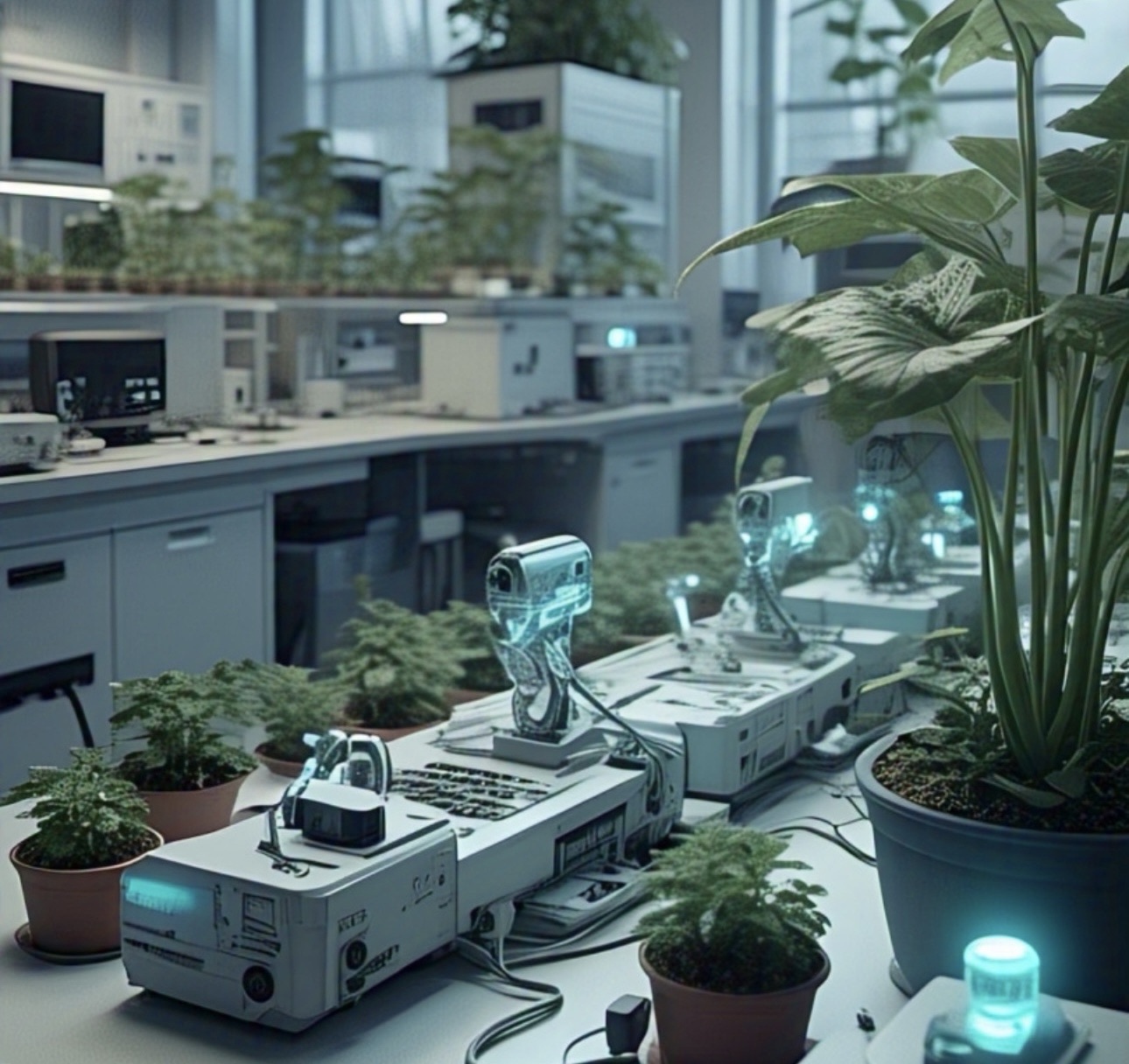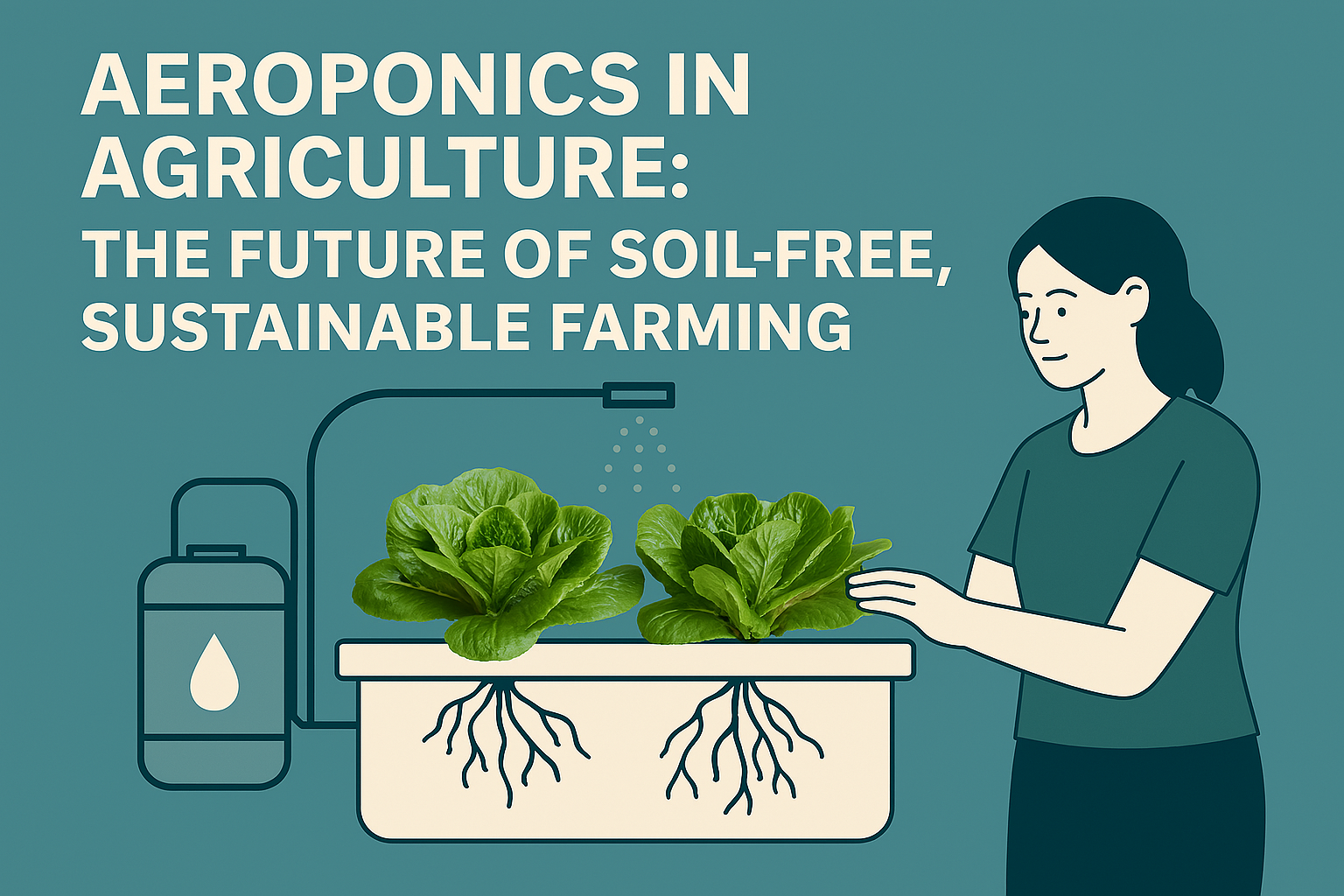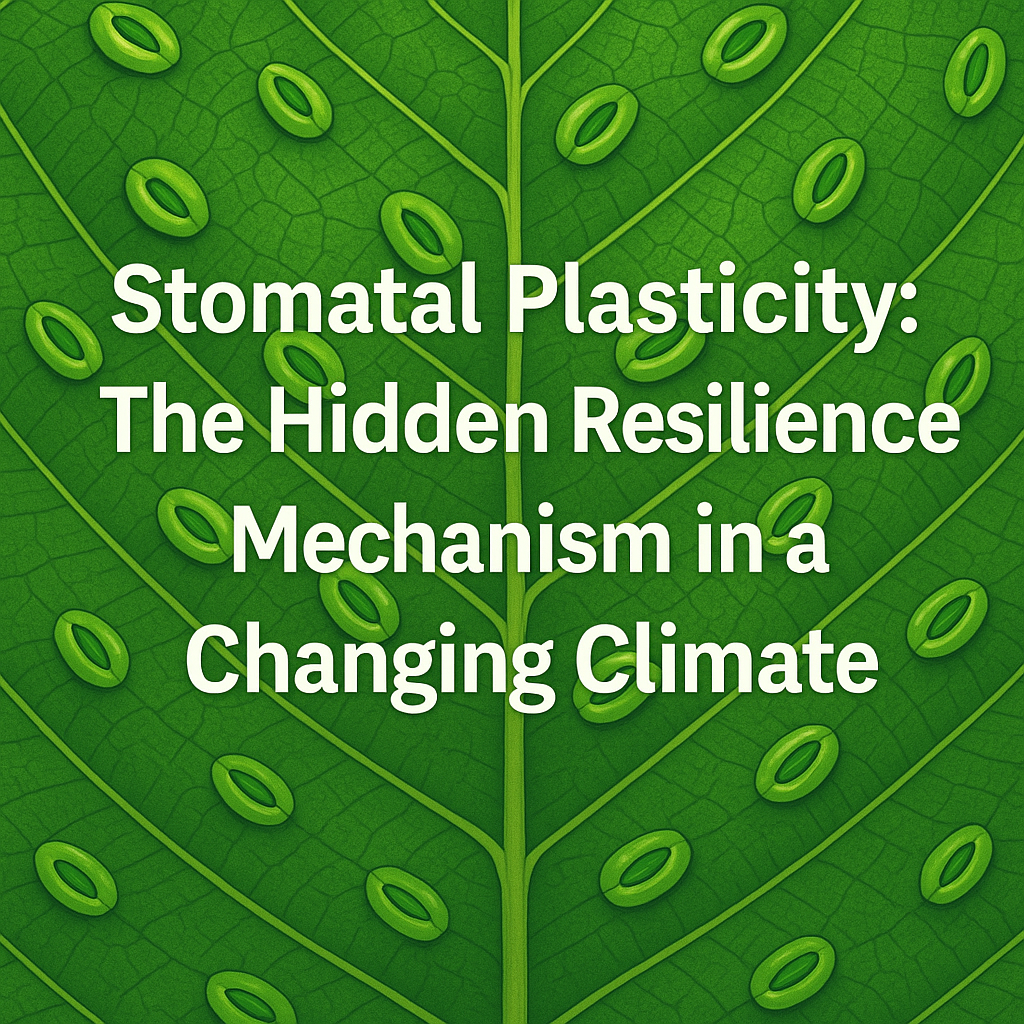Artificial intelligence (AI) has emerged as a transformative force in modern agriculture, particularly in the analysis and management of plant stress. As climate change intensifies and global food demand rises, maintaining crop health and productivity has become a critical challenge. Factors such as drought, nutrient deficiencies, diseases, and pest infestations threaten agricultural yields, making early and accurate stress detection essential. AI-driven solutions provide unprecedented capabilities to monitor, diagnose, and mitigate plant stress efficiently, helping farmers and researchers optimize crop management.
Understanding Plant Stress and Its Impact on Agriculture
Plant stress refers to any external condition that negatively affects a plant’s growth, development, or yield. Stress factors are typically classified into two main categories: biotic and abiotic.
• Biotic stress is caused by living organisms, including fungi, bacteria, viruses, insects, and weeds. These factors can lead to plant diseases, stunted growth, and lower productivity.
• Abiotic stress results from environmental conditions such as extreme temperatures, drought, salinity, soil nutrient imbalances, and pollution. Abiotic stress is a major contributor to global crop losses, often exacerbated by climate change.
Detecting and addressing these stress factors in a timely manner is crucial for maintaining healthy crops and maximizing agricultural output. Traditional methods rely on manual observation, laboratory testing, and field experiments, which can be slow and inefficient. AI provides a faster, more accurate alternative by leveraging machine learning, computer vision, and sensor-based technologies to identify stress indicators early and recommend corrective actions.
AI in Plant Stress Detection: A New Era of Precision Agriculture
One of AI’s most significant contributions to plant stress analysis is early detection. Traditional stress detection methods require visual inspections and expert knowledge, often leading to delayed responses. AI, on the other hand, can detect stress factors at their onset, even before they become visible to the human eye.
Computer Vision and Deep Learning for Stress Identification
AI-powered computer vision systems analyze images of crops to detect stress-related anomalies such as discoloration, wilting, and lesions. Machine learning models, particularly convolutional neural networks (CNNs), play a crucial role in classifying plant stress by distinguishing between healthy and stressed plant conditions. These models are trained on extensive datasets containing images of plants under different stress conditions, enabling them to recognize subtle variations that indicate diseases, pest infestations, or water deficiencies.
Drones equipped with AI-powered cameras can scan vast agricultural fields in minutes, capturing high-resolution images of crops. AI algorithms process these images in real-time, highlighting areas of concern and generating actionable insights for farmers. This approach significantly improves the speed and accuracy of stress detection while reducing the need for manual inspections.
Multispectral and Hyperspectral Imaging for Advanced Analysis
In addition to traditional imaging techniques, AI integrates multispectral and hyperspectral imaging to assess plant stress at a deeper level. These technologies capture data beyond the visible spectrum, revealing physiological changes in plants that may not be apparent to the naked eye. AI algorithms analyze this spectral data to measure:
• Chlorophyll content, which indicates plant health and nutrient levels
• Water stress, helping farmers optimize irrigation strategies
• Leaf temperature variations, which may signal disease or dehydration
By leveraging these advanced imaging techniques, AI provides a comprehensive assessment of plant health, allowing for precise and timely interventions.
AI in Predictive Analytics: Anticipating Stress Before It Occurs
Beyond detection, AI excels in predicting plant stress before it becomes a problem. Predictive analytics combines historical climate data, soil conditions, and crop growth patterns to forecast potential stress events. By analyzing multiple variables, AI models can anticipate risks such as drought stress, pest outbreaks, and nutrient deficiencies, allowing farmers to take preventive measures.
For example, AI-powered drought prediction models analyze weather forecasts, soil moisture levels, and past drought occurrences to estimate future water shortages. This enables farmers to adjust irrigation schedules accordingly, preventing crop losses. Similarly, AI-driven pest prediction models assess environmental conditions and crop vulnerability to forecast potential infestations, helping reduce pesticide overuse and improve sustainability.
AI-Powered Robotics for Plant Stress Management
AI is also driving innovations in autonomous farming technologies, including robotics for stress management. AI-powered agricultural robots can:
• Detect and treat stressed plants with targeted spraying of water, nutrients, or pesticides
• Perform precision weeding, removing unwanted plants without harming crops
• Monitor plant growth continuously, providing real-time insights for farmers
By automating these tasks, AI-powered robots improve efficiency, reduce labor costs, and minimize the environmental impact of chemical applications.
IoT and AI Integration for Real-Time Monitoring
The integration of AI with the Internet of Things (IoT) has further enhanced plant stress analysis. Smart sensors embedded in agricultural fields collect real-time data on soil moisture, nutrient levels, and temperature. AI processes this data to provide instant recommendations for:
• Optimized irrigation, ensuring crops receive the right amount of water
• Fertilization adjustments, balancing nutrient levels for healthier plants
• Disease prevention, by detecting early-stage infections before they spread
This interconnected system enables continuous monitoring, ensuring that stress factors are addressed before they cause significant damage.
Challenges and Future Prospects
Despite its immense potential, AI in plant stress analysis faces several challenges. One major issue is the availability of high-quality datasets for training AI models. Different plant species, climates, and stress conditions must be well-represented to ensure model accuracy. Additionally, AI accessibility for small-scale farmers remains a concern, as many AI-driven solutions require substantial investments in technology and infrastructure.
However, advancements in AI are making these technologies more affordable and user-friendly. Mobile applications powered by AI are being developed to help farmers analyze plant stress using smartphone cameras, making AI-driven insights more accessible. As AI continues to evolve, its role in sustainable and precision agriculture will only grow, paving the way for a more resilient global food system.
Conclusion
AI is revolutionizing plant stress analysis by enabling early detection, predictive insights, and automated interventions. By integrating computer vision, deep learning, IoT, and robotics, AI enhances agricultural productivity while promoting sustainability and resource efficiency. As the global population continues to rise and climate change challenges agriculture, AI-driven plant stress analysis will play a crucial role in ensuring food security and environmental sustainability. With continued research and technological advancements, AI has the potential to transform farming into a smarter, more resilient industry, benefiting farmers, researchers, and consumers worldwide.
References
1. Zhang, S., Wang, Y., & Zhang, X. (2022). “Artificial intelligence in plant phenotyping and stress detection: A review.” Computers and Electronics in Agriculture, 192, 106610. DOI:10.1016/j.compag.2021.106610
2. Singh, A., Ganapathysubramanian, B., Singh, A. K., & Sarkar, S. (2018). “Machine Learning for High-Throughput Stress Phenotyping in Plants.” Trends in Plant Science, 23(10), 883-898. DOI:10.1016/j.tplants.2018.07.004
3. Pantazi, X. E., Moshou, D., & Bochtis, D. (2019). “Artificial intelligence applications in agriculture.” Computers and Electronics in Agriculture, 165, 104970. DOI:10.1016/j.compag.2019.104970
4. Shanker, A. K., & Shanker, C. (Eds.). (2016). “Abiotic and Biotic Stress in Plants: Recent Advances and Future Perspectives.” InTech Open. DOI:10.5772/61840
5. Mahlein, A.-K. (2016). “Plant Disease Detection by Imaging Sensors – Parallels and Specific Demands for Precision Agriculture and Plant Phenotyping.” Plant Disease, 100(2), 241–251. DOI:10.1094/PDIS-03-15-0340-FE
6. FAO (Food and Agriculture Organization of the United Nations). (2021). “Digital agriculture: AI and IoT for sustainable farming.” Retrieved from https://www.fao.org/digital-agriculture
7. World Economic Forum. (2023). “How AI is transforming agriculture and food production.” Retrieved from https://www.weforum.org/agenda/2023/05/how-ai-is-transforming-agriculture/
8. NASA Earth Observatory. (2022). “Remote Sensing for Agriculture and Crop Monitoring.” Retrieved from https://earthobservatory.nasa.gov/










